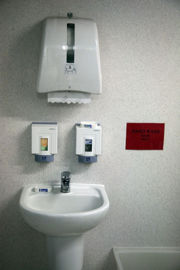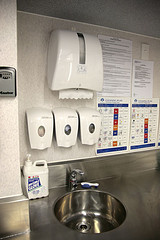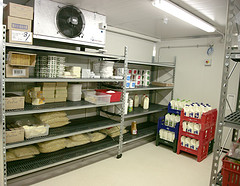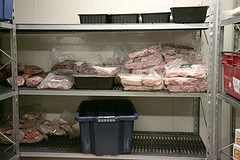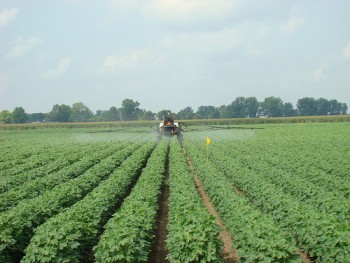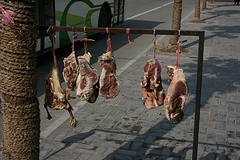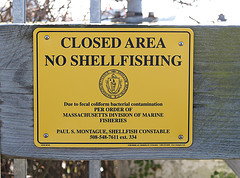Learning Resources
Contents
Websites
The resources are listed under headings which relate to the topics covered in food safety.
General
Good information for consumers about food safety, food poisoning and chemical contamination can be found at: New Zealand Food Safety Authority
All the following pieces of legislation can be found on the website - just do a search.
Food legislation in New Zealand
Food Hygiene Regulations 1974
Health and Safety in Employment Act 1992
The Food Act 1981 and Food Act Amendment 1996
Food Hygiene
Dunedin City Council Food Hygiene brochure
Food contamination
Food contamination and poisoning Medline Plus
Microorganisms Hepatitis A
Food labelling
A copy of the Food Standards Code can be found at: food standards
General resources
In the following section, there are pictures and video clips to demonstrate some of the important things associated with food safety.
- Hands and hand washing
- Storage of food in a refrigerator
- Chemical and metallic contamination
Hands
Hands cause most of the cross-contamination in the kitchen.They may be covered with bacteria from the toilet or from contaminated foods and surfaces.They also have their own natural bacteria (such as Staphylococcus Aureus),which cannot be washed off.
Where should you wash your hands?
Hands may only be washed in the wash hand basin. The wash hand basin should not be used for anything else.
The regulations specify that the following must be provided:
- a clean basin in good repair
- continuous adequate hot water (preferable with hands free operation)
- cold water (preferable with hands free operation)
- soap or bacterial soap cream
- nail brush
- drying facilities e.g. disposable paper towels, roller towel from a dispenser, hot air dryers
Watch the videos on hand washing to see how it should be done.
Remember: Hands must be thoroughly washed and dried.
These are the steps you must follow when washing your hands in a kitchen.
- Use water as hot as the hands can comfortably stand.
- Moisten hands, soap thoroughly and lather to the elbow.
- Scrub thoroughly using brush for nails.
- Rub hands together using friction for 20 seconds.
- Rinse thoroughly under hot running water.
- Dry hands using single service towels for at least 20 seconds.
Storage of food in a refrigerator
The important points for the correct storage of food in a refrigerator or cool store:
- Temperature set at 4°C or below
- Door closes and seals correctly
- Cover and label all foods
- Raw meats covered on lowest shelf(to prevent indirect contamination
- Strong smelling foods away from other foods
- Remove foods from outer packaging where appropriate
- Do not place hot foods in refrigerators
- Check and record temperatures on a scheduled basis
Before food even gets to the refrigerator it may already be contaminated. The following section illustrates how this might happen.
Chemical and metallic contamination
Residues of drugs, pesticides and fertilisers may be resent in raw materials. Pesticides sprayed onto fruit and vegetables just prior to harvesting may result in cumulative toxic effect. Chemicals can enter foodstuffs by leakage, spillage or other accidents during processing or preparation. Sewage leaking into waterways is also another possible contaminant and at certain times of the year algal blooms can poison both fresh water and seawater sources of food.
